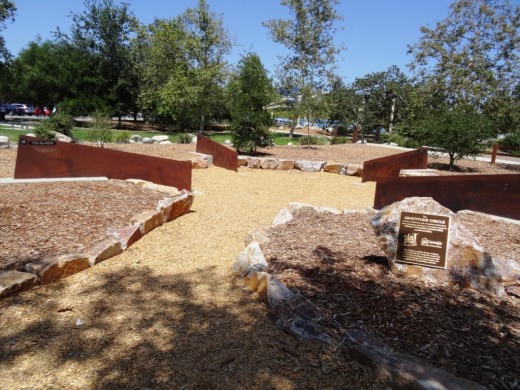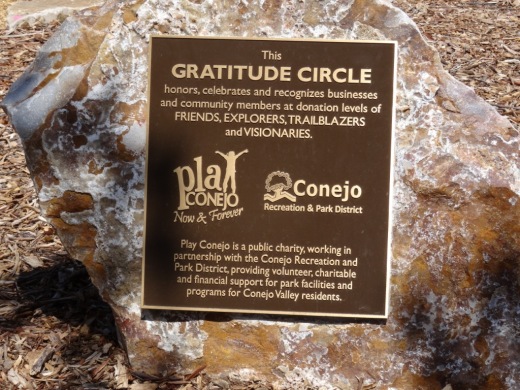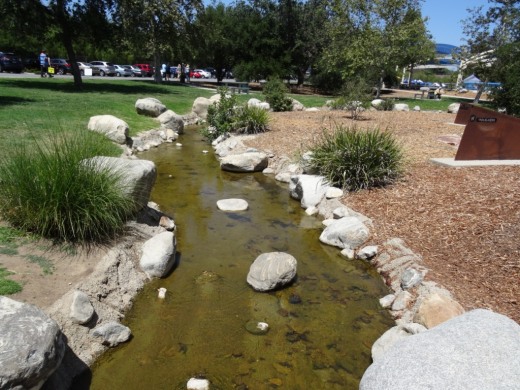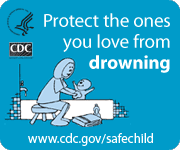UPDATE: The Granada Hills plant was put back into service at 3 p.m. on Saturday, ahead of schedule.
SOUTH VENTURA, WEST LOS ANGELES COUNTY CONSUMERS ASKED TO FORGO OUTDOOR WATERING WHILE TREATMENT PLANT IS SHUT DOWN
 Starting Thursday morning, regional Metropolitan plant is being taken out of service for drought-related upgrades that will help maximize Colorado River deliveries this year
Starting Thursday morning, regional Metropolitan plant is being taken out of service for drought-related upgrades that will help maximize Colorado River deliveries this year
Beginning today, May 8th, residents and businesses in south Ventura and west Los Angeles counties are requested to reduce their water use - including refraining from outdoor watering - while a regional water treatment plant is shut down through the weekend.
The Metropolitan Water District of Southern California joined Calleguas Municipal Water District and Las Virgenes Municipal Water District in making the water-saving request as Metropolitan prepares to take out of service its Joseph Jensen Water Treatment Plant in Granada Hills. During the shutdown, Metropolitan plans to make some physical modifications to the local distribution system so supplies from the Colorado River can be delivered to the area.
The shutdown began at 12 a.m. Thursday, with water deliveries resuming by noon on Sunday, May 11th. During this time, Las Virgenes and Calleguas will rely on limited stored local supplies to maintain deliveries, making conservation and reduced demands an essential component of maintaining reliability.
South Ventura County cities in Calleguas’ service area are Camarillo, Moorpark, Oxnard, Simi Valley, Thousand Oaks/Newbury Park and Port Hueneme, along with the communities of Camarillo Heights, Las Posas Valley, Oak Park, Santa Rosa Valley, Lake Sherwood, Point Mugu, and Somis.
West Los Angeles County cities in Las Virgenes’ service area include Agoura Hills, Calabasas, Hidden Hills and Westlake Village as well as the communities of Agoura, Chatsworth, Lake Manor, Malibu Lake, Monte Nido and West Hills.
The Jensen plant—one of five such treatment facilities within Metropolitan’s distribution system—is a significant source of drinking water for Ventura and Los Angeles counties.
Although local agencies affected by the brief plant outage may have groundwater and reservoir supplies to meet retail demands during the outage, these supplies are limited and consumers are asked to conserve water to avoid shortages.
The affected areas usually receive imported water delivered exclusively from Northern California via the State Water Project and treated at the Jensen plant. However, because drought conditions have severely limited SWP supplies to only 5 percent of contracted deliveries in 2014, Metropolitan is making adjustments to its distribution system to deliver its Colorado River water supplies into areas of the Southland that do not typically receive them.
Metropolitan typically schedules shutdowns of its facilities in winter months, when temperatures usually are cooler and demands are lower, to complete inspections and perform maintenance and upgrades with the least impact on consumers. Because of the drought and the immediate need to make adjustments to Metropolitan’s system, local agencies did not have the usual six- to eight-month lead time to coordinate their water supply and storage options.
This water-saving message comes with Southern California in the midst of a Water Supply Alert, declared by Metropolitan’s board in February in response to Gov. Edmund G. Brown Jr.’s emergency drought proclamation, calling for 20 percent conservation throughout the state. “During the outage of imported supplies Calleguas will draw upon water it has stored in Lake Bard in Thousand Oaks and in the Fox Canyon Aquifer near Moorpark,” said Susan Mulligan, Calleguas’ general manager. “These supplies, however, are limited and the demand for water is high as a result of the recent warm weather. We ask everyone to make an extra effort to conserve water, particularly outdoors, where up to 60 percent of water is used.”
 Bard Lake as seen from Lang Ranch/Woodridge Open Space in Thousand Oaks
Bard Lake as seen from Lang Ranch/Woodridge Open Space in Thousand Oaks
Additional conservation steps during the shutdown include no hand-washing vehicles, filling swimming pools or spas, or hosing down driveways and sidewalks. Other water-saving measures include running only full loads in washing machines and dishwashers, not leaving the tap running when washing dishes, keeping showers to a maximum of 5 minutes, and not leaving the water running while brushing your teeth or shaving.
The aesthetic quality of tap water may be impacted to varying degrees within the Calleguas service area because the reduction in imported water deliveries/
Visit www.mwdh2o.com and www.bewaterwise.com for the latest information on the shutdown as well as water-saving tips.














